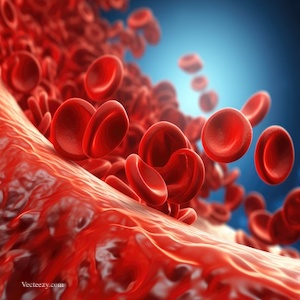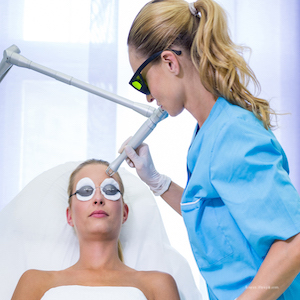History
There has been a rapid increase over the last three decades in the use of low level laser therapy (LLLT) and its acceptance in many branches of medicine and allied disciplines. This has been followed by the new interest in other non-laser phototherapeutic sources such as light-emitting diodes (LEDs) which led to the adoption of the term ‘low level light therapy’ for the acronym LLLT. The journal therefore seeks to meet the need for an international forum for the exchange of ideas and information, dedicated to all aspects of phototherapy and photobiomodulation. This has been the original remit of Laser Therapy from its inception in 1988, and it was the first journal to link an international outlook in the field of LLLT and photobiomodulation with high standards of academic content, firmly underpinned by the peer review process. Therefore, clinical and basic scientific studies on all aspects of LLLT, photodynamic therapy (PDT) and related research into photobiomodulation will be considered for publication.
More recently, Laser Therapy has become the official journal for a number of national and international associations dealing with all aspects of light-based medicine. Currently, these include the oldest international societies for medical lasers, the International Society for Laser Surgery and Medicine (ISLSM) and the Asian-Pacific Association for Laser Medicine and Surgery (APALMS); the International Phototherapy Association (IPTA); the Japanese Society for Laser Reproduction (JaSLaR); the Japan Association for Laser Medicine and Sports Science (JALMSS); the World Federation of Societies for Laser Medicine and Surgery (WFSLMS); the Japan Society for Laser Surgery and Medicine (JSLSM); Laser Florence (IALSM); the International Laser Dentistry Master Academy (ILDMA); and the European Society for Laser Aesthetic Surgery (ESLAS). Because of the addition of these associations and the enhanced range of interests of their members, the scope of the journal has been dramatically increased to include all aspects on laser surgery, although those with an aspect involving the simultaneous delivery of nonsurgical athermal levels of laser energy (simultaneous LLLT), which can have beneficial effects on the postoperative pain and healing process, will be particularly welcomed. Clinical and basic scientific studies into the use of all aspects of light-based photosurgery will therefore be considered for publication from all specialities and subspecialities using light-based medicine, including the dental and veterinary fields.
Please note that there has also been increased attention paid to non-laser, energy-based medicine (EBM) indications. While EBM employs devices whose frequencies fall within the electromagnetic spectrum, articles based on the clinical or investigational use of such devices will, in principle, not be accepted for publication. However, if the author(s) can show and successfully argue why the use of such devices is equivalent or superior to the use of light-based devices for the same indication or research field, including pertinent referenced material, then such EBM-related articles will be considered for publication in Laser Therapy.
The primary aim of this journal will be to publish original clinical and research papers of the highest quality. Particular attention will be paid to the design of experiments, including detailed reporting of all parameters used, and meaningful analysis of results.
All original papers submitted will be subject to the peer review process by independent experts in the appropriate field.
Regular review articles designed to bring the general reader up to date in the use of phototherapy, photobiomodulation and photosurgery with lasers and other light-based sources in various areas, and associated research in these fields, will remain a feature of the journal. Please note that review papers will only be by invitation of the Editor-in- Chief, and will also be subject to the peer review process. Unsolicited review papers will be returned.
Anecdotal reports will only be accepted if, in the view of the Editor-in-Chief and the Editorial Team, they are appropriately and comprehensively reported as far as parameters and methods are concerned; and if publication will prove useful to the readership in reporting a previously unknown aspect of LLLT, photobiomodulation or photosurgery; or will act as a stimulus to further research.
An occasional Product Review section may give details of new light-based therapeutic equipment on the market and related publications.
The Editor-in-Chief and the Editorial Team reserve the right to make alterations in the text of contributions, without altering the technical context, when considered desirable in order to produce either conformity of style or because of space limitations.




